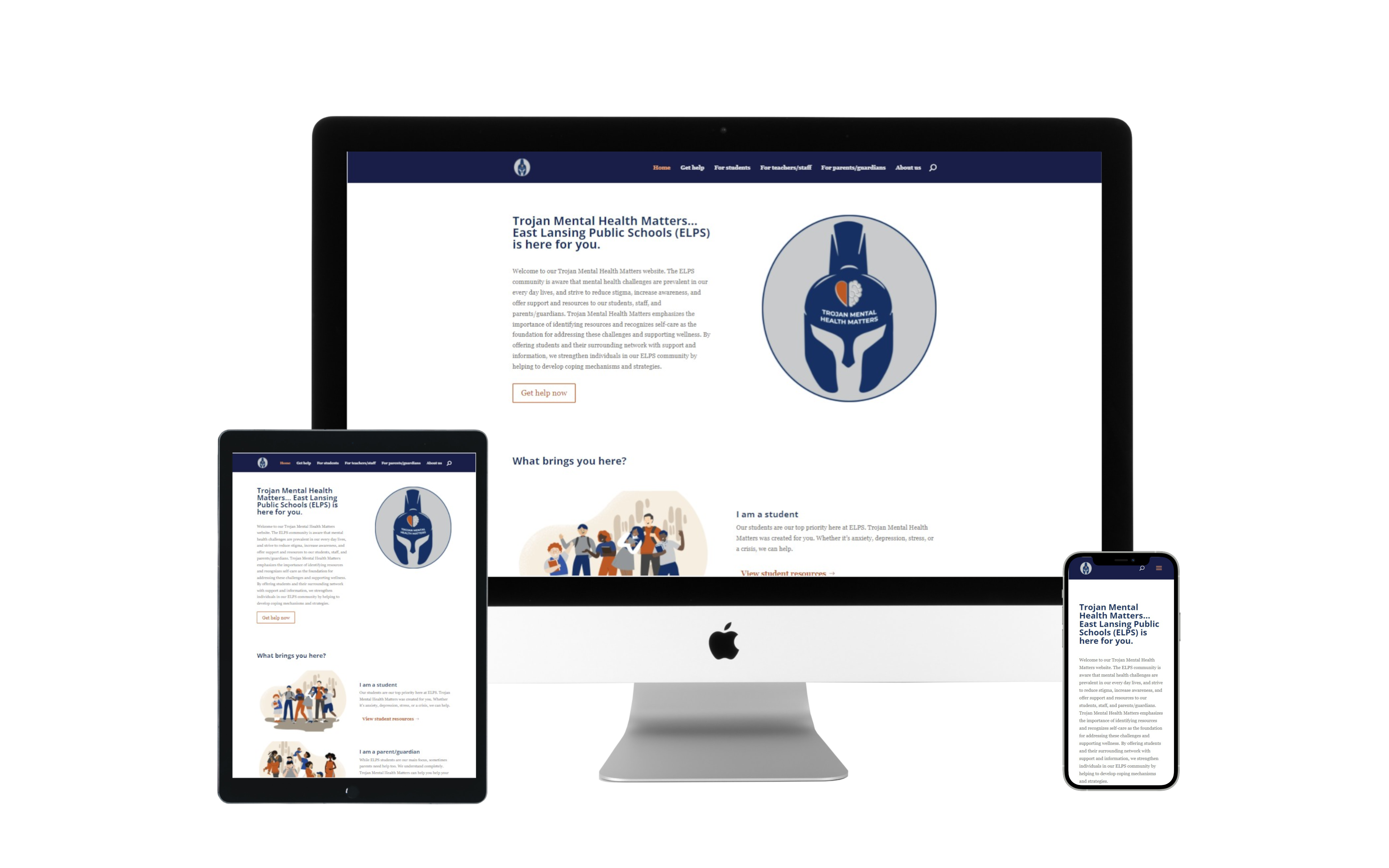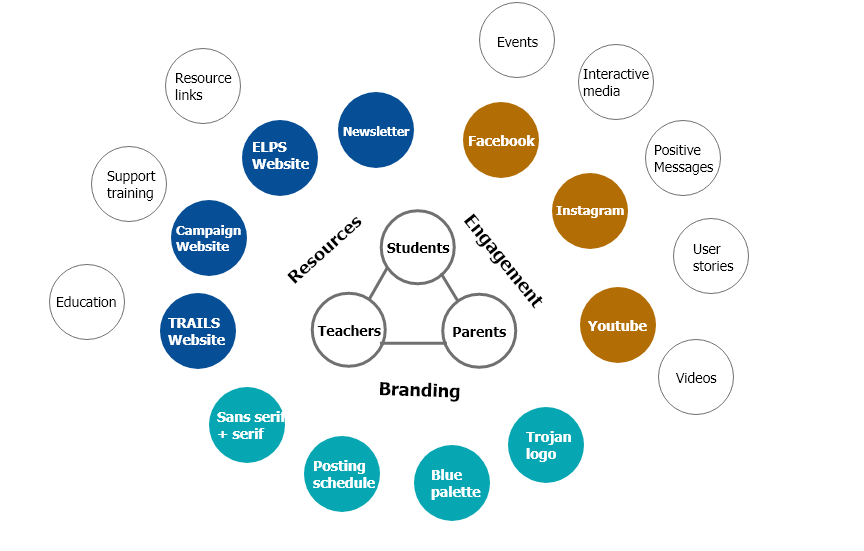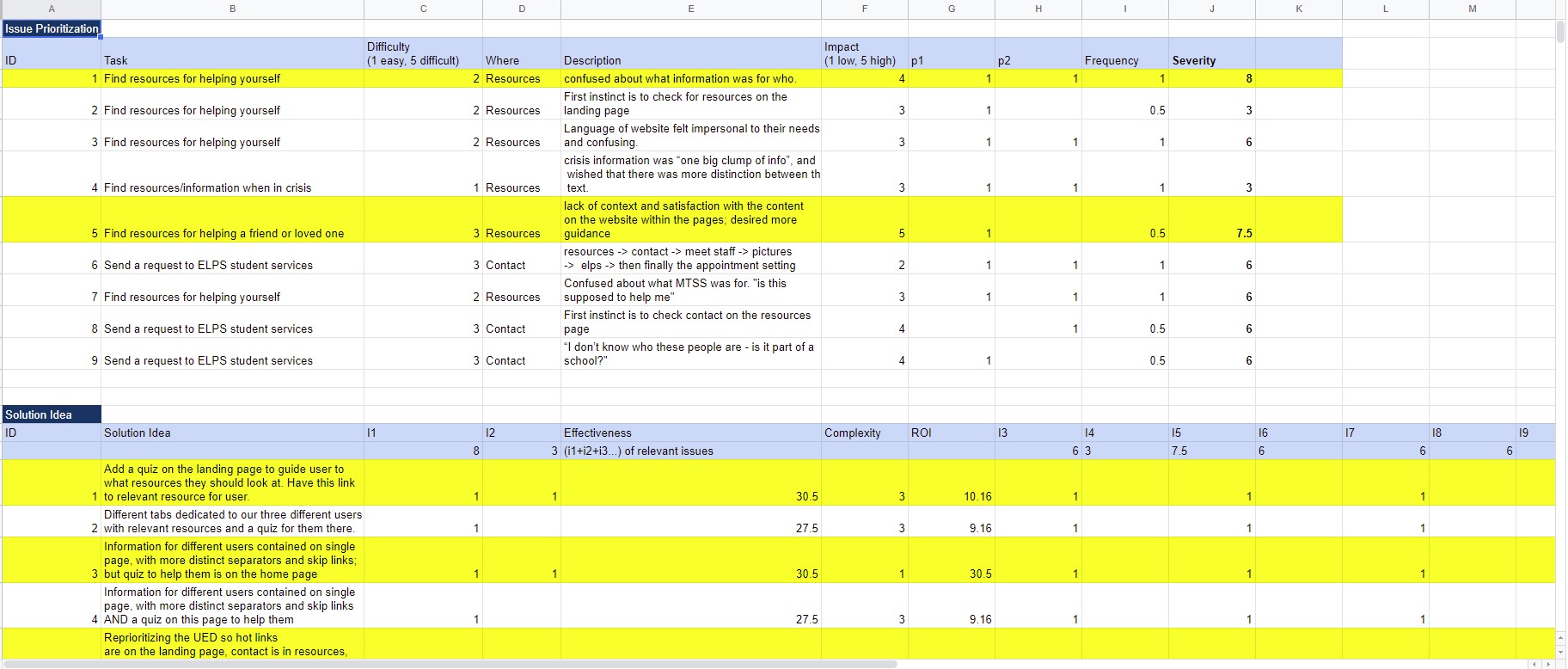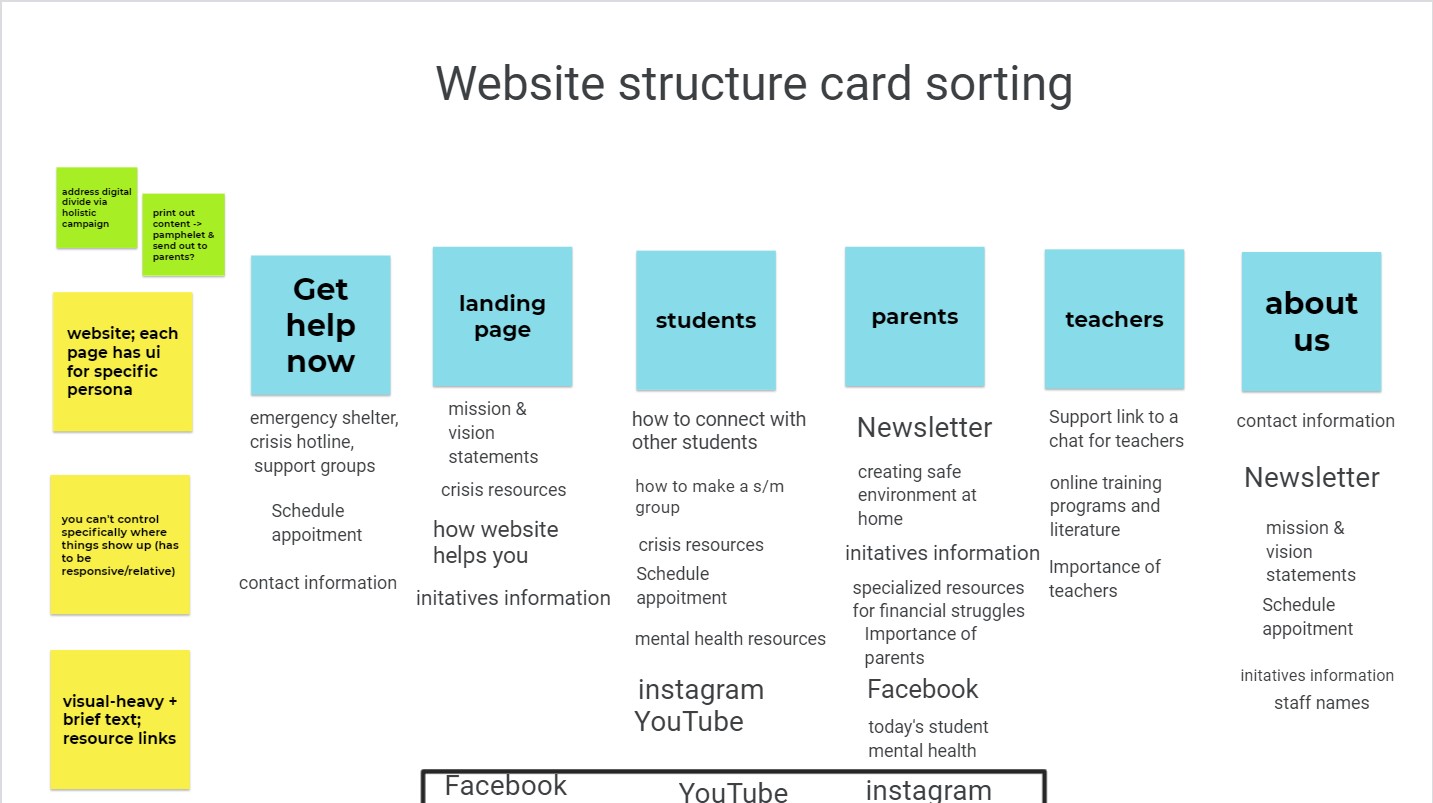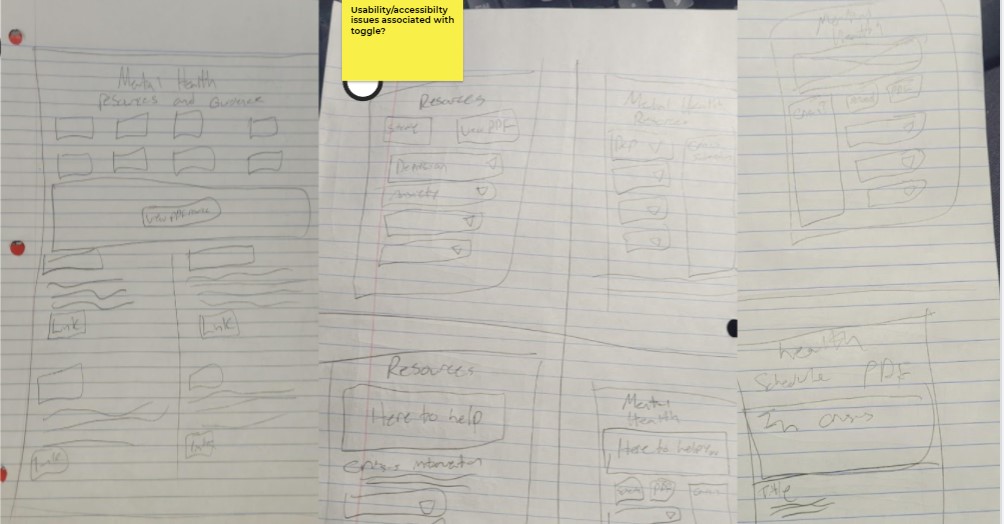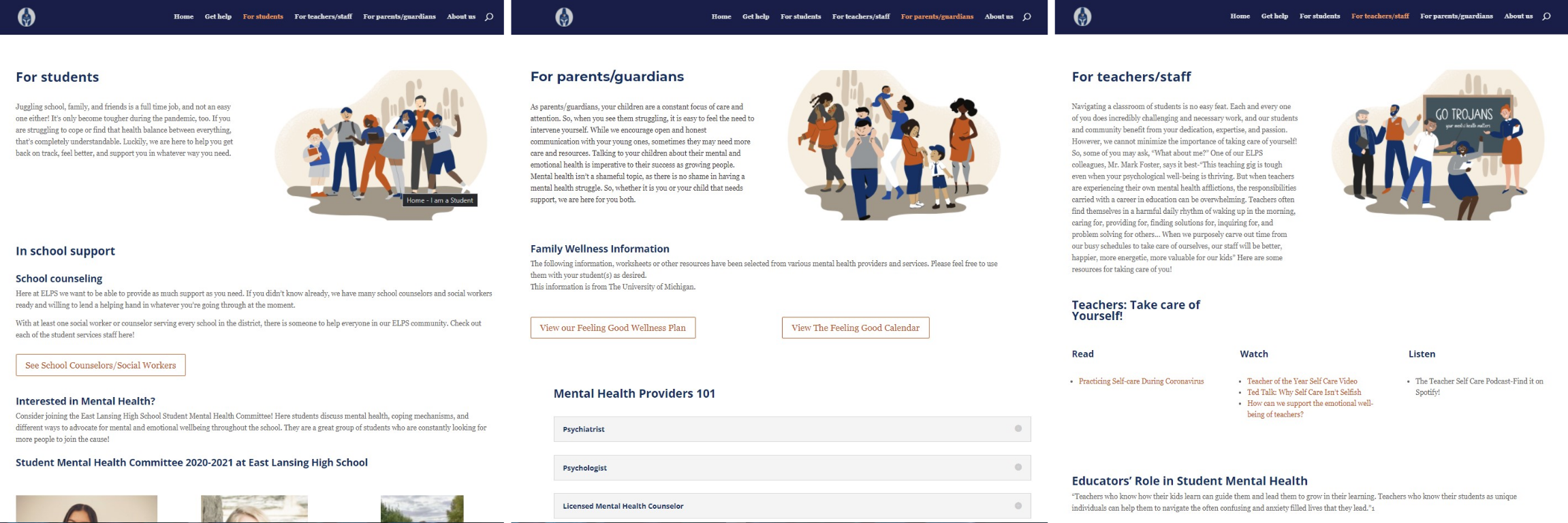Trojan Mental Health Matters
Summary
I helped design and engineer the user experience for a mental health website for East Lansing Public Schools.
My Role
User Researcher
UX Designer
UI Developer
Client
East Lansing Public Schools
